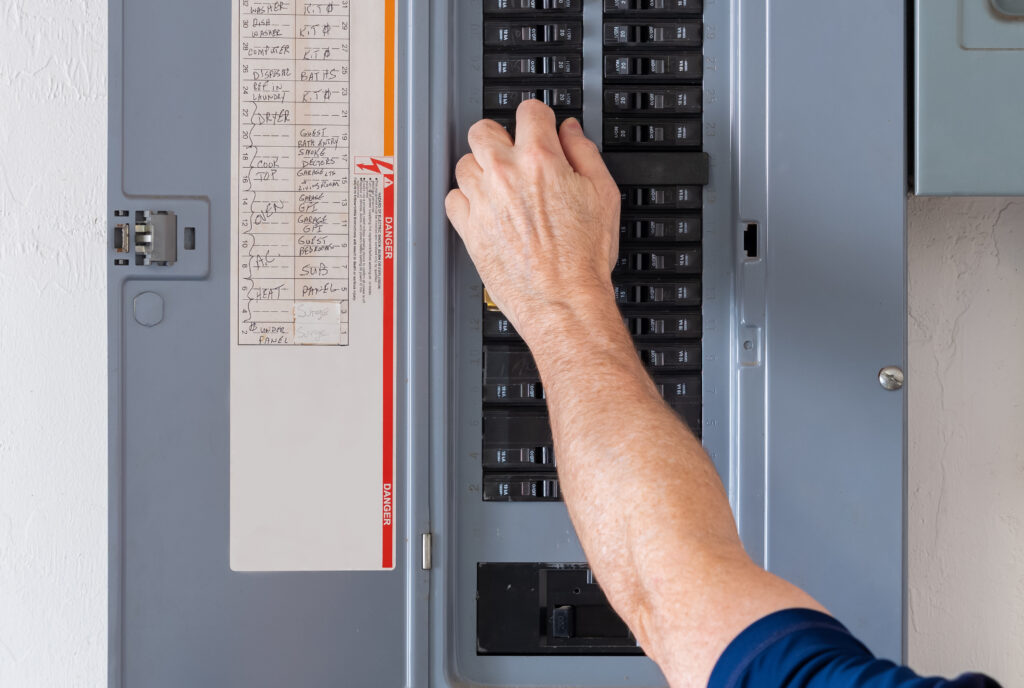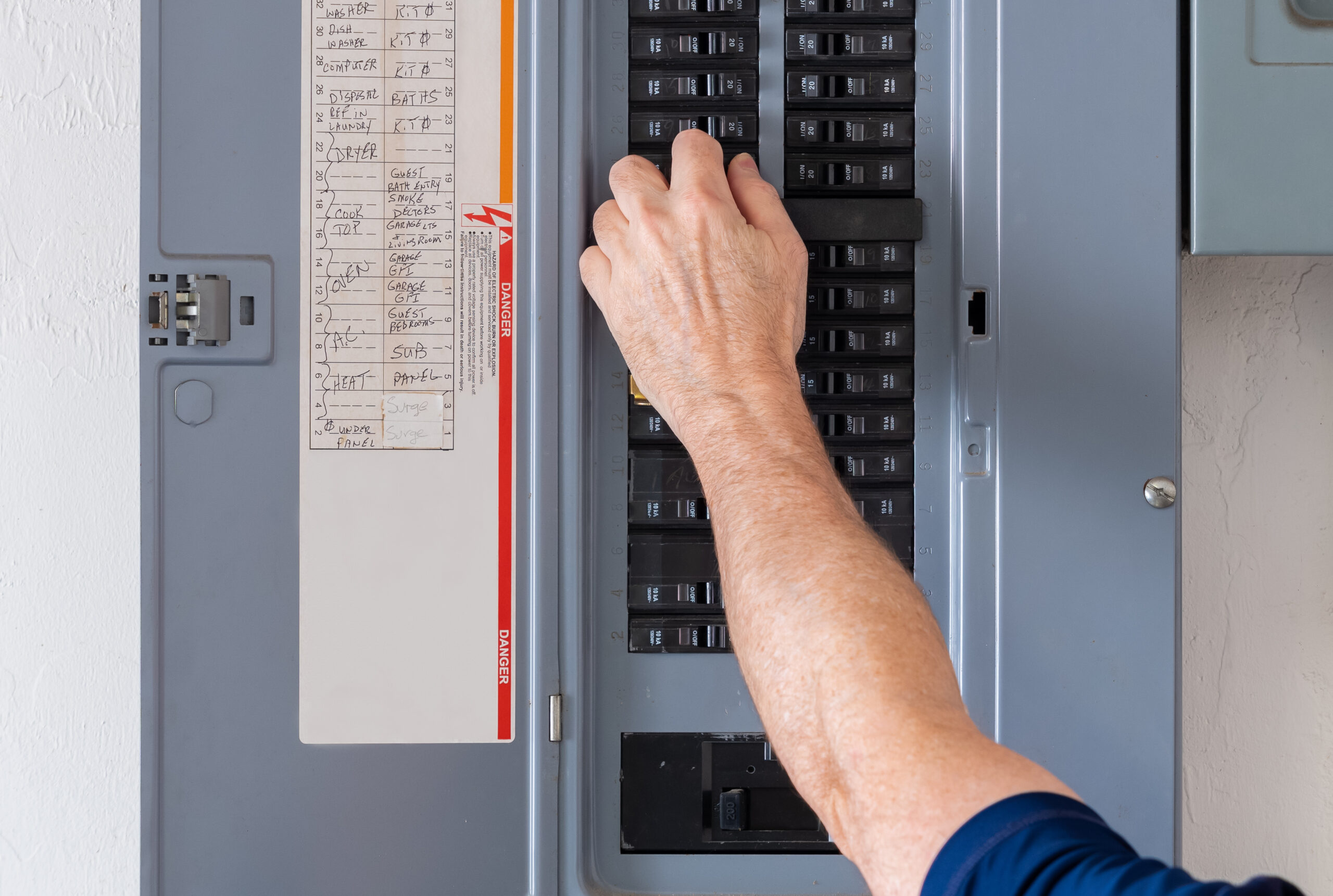Why Your Circuit Breaker Keeps Tripping Randomly—and What to Do About It
You’re just settling in with your coffee, the dishwasher’s humming, maybe the dryer kicks on—and boom. Everything halts. Lights go out. Breaker trip. Again. If your circuit breaker keeps tripping randomly, you’re not alone, and nope, it’s not just your house being moody. This kind of thing is more common than most homeowners think, and whether you’re chasing down flickering lights or full power losses, it’s worth understanding what’s going on behind the scenes. More importantly, it’s even more essential to know how to fix it, prevent it, or at least not stress over it.
What’s Actually Happening When a Circuit Breaker Trips?
Okay, so at its most basic, your home’s electrical system is divided into circuits—these are kind of like lanes on a highway. Each one serves a different area or set of appliances. The circuit breaker is the traffic cop that keeps everything regulated. When too much ‘traffic’ moves through one lane—too much current—it ‘trips’ the breaker and shuts everything down to prevent overheating or fires. A trip isn’t a failure; it’s a safety feature kicking in.
So, when your breaker trips, especially randomly, it can be frustrating. But it’s your home reminding you: something’s not right. And yeah, you can just flip that switch back, but if it keeps happening, it’s flashing a pretty big warning sign. It’s not just annoying. It could actually be dangerous. And that’s where a little home system know-how comes in handy.
Common Reasons Why Breakers Trip Without Warning
This could go in a few directions, so stick with me. The big hitters are overloaded circuits, short circuits, and ground faults. Overloaded circuits happen when you’re asking too much from one circuit—microwave, toaster, and blow dryer all going at once on the same line? Not a great plan. A short circuit, meanwhile, is more intense. It’s when a live wire touches a neutral or another live wire, and energy surges way faster than it should—cue immediate trip. Then there are ground faults, where a live wire touches ground, like the metal box or a water pipe. These are especially dangerous in areas with moisture, like kitchens and bathrooms.
Now, if your breaker is tripping randomly and not because you’ve got twelve things running at once, it could be signs of shoddy wiring, aging components, water damage in the walls, even pests chewing through wires you can’t see. Sometimes GFCI outlets act up and trip their line. Other times, it’s something more complex like a breaker itself being faulty or miswired. And, deep breath—it might also be the appliance, not the breaker. That dryer triggering everything? It might be pulling inconsistent voltage and causing a fault.
How Breakers and Grounding Systems Work Together
Here’s where grounding enters the chat. Grounding is your backup plan—your safety net. Basically, your electrical system is grounded so that extra electricity (like from a lightning strike or poor insulation) has somewhere safe to go instead of lighting up your walls. When grounding is set up properly, it should redirect overflow safely into the earth, avoiding fires, shock hazards, and tripped circuits.
If your system is improperly grounded—or not grounded at all—then everything becomes riskier. Even small surges that should be harmless could knock out power or trip circuits. Worse, without grounding, your breaker might fail to trip at all in an emergency, which…yeah, that’s not something you want to be testing in real time. Grounded systems are like the cushions at the bottom of rock climbing walls. You hope you never need to land on them, but man, are they important if something slips.
Signs Your Electrical System Might Be the Problem
This part gets a little technical, but stay with me. If your breaker trips when nothing major is turned on, or if it’s the same breaker every time, that’s usually not a coincidence. It might be a deteriorated wire jacket heating up and shorting out, which could lead to melting insulation or worse. If you smell anything like burning plastic, definitely pause and call a professional. Other signs include appliances that confuse the breaker—like lights dimming or flickering when certain things turn on, buzzing outlets, or—yikes!—even a mild shock when plugging something in.
Especially in older homes or DIY-renovated ones, it’s not uncommon for previous owners to have jury-rigged some “creative” circuit extensions. If you’ve ever opened an electrical panel and felt a pang of fear looking at the spaghetti mess of wires, yeah, it might be time for a check-up. And you don’t need to be an electrician, but a basic understanding of your panel’s layout and which breakers control what rooms can make a huge difference if you’re troubleshooting.
What Should You Do When Your Breaker Keeps Tripping?
First thing? Don’t ignore it. Try to notice what’s running when the trip occurs. Is it just when you run laundry and vacuum at the same time? You might need to stagger those. But if the trip feels completely random, log it—what was on, what time of day, weather outside, etc. And then maybe stop flipping the breaker back up repeatedly without checking what triggered it. That’s like putting a Band-Aid on a leaky roof and acting surprised when it still rains indoors.
Next step is to either get a licensed electrician involved or, if you have a home warranty covering electrical systems, file a claim. Some home warranties—like Armadillo’s—cover electrical panel issues and wiring problems, which can save you big bucks on technician calls and system rewiring. Plus, they’ll usually send out a licensed pro, which takes the pressure (and guesswork) off you.
Preventing Future Breaker Trips and Electrical Headaches
Believe it or not, some of the simplest fixes are about habit changes. Don’t plug the entire entertainment setup into one outlet. Don’t use three extension cords linked together for outdoor lighting, then wonder why your holiday cheer caused a blackout. Larger issues—like replacing outdated aluminum wiring or installing dedicated circuits for high-load appliances—are smarter to tackle before they cause full-blown system failures.
Also, if your area’s known for surges or lightning, installing a whole-home surge protector might be a worthwhile investment. It’s not just about protecting your TV—it ensures those little spikes don’t chip away at your internal wiring until your breaker just can’t take it anymore. Proactive maintenance really has its moment here.
Keep Your Home Powered—And Protected—With Armadillo
At the end of the day, handling circuit breaker issues shouldn’t be a full-time job for homeowners. If your breakers are flipping more than pancakes on a Sunday morning, you need peace of mind—fast. That’s where a home warranty from Armadillo steps in. We cover the complex systems behind your walls, including electrical panels and wiring, so surprise outages don’t become overwhelming expenses. And when things go down randomly at 7pm (or 7am), you’ve got a plan. Start building your custom coverage today at armadillo.one or jump straight into choosing your plan by visiting this page. Trust us—your future self will thank you the next time the lights flicker.


























